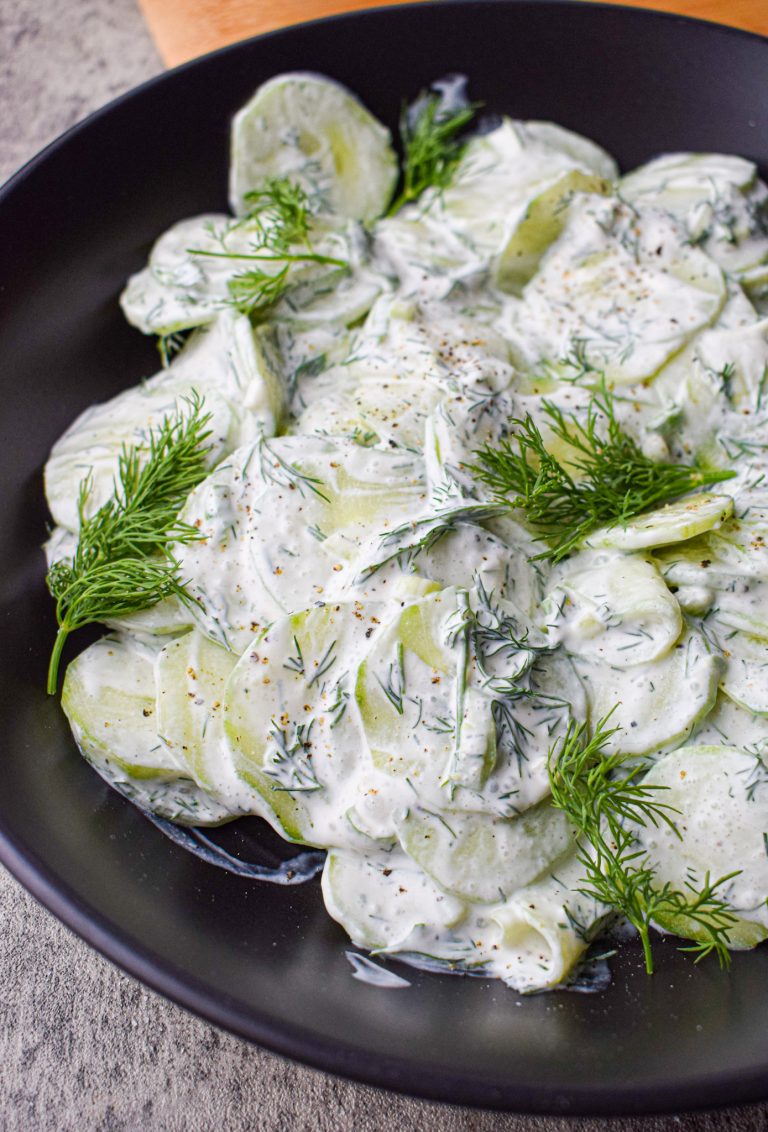Fermented Hot Sauce: A Complete Guide to Homemade Flavor
Fermented hot sauce dates back centuries. Ancient cultures in Central and South America first created these spicy condiments from native chili peppers. They would crush the peppers and mix them with salt to initiate fermentation. The practice likely stemmed from a need to preserve excess harvests. Over time, this method traveled, adapting to regional preferences. By the late 19th century, commercial versions began emerging, and hot sauce production got streamlined. Today, many brands maintain traditional fermentation to preserve authenticity and enhance flavor.
Cultural Significance
Different cultures have embraced fermented hot sauces for their unique flavors and health benefits. In Mexico, hot sauces like Tabasco play a vital role in culinary traditions. Korean cuisine features gochujang, a fermented chili paste integral to many dishes. In Africa, piri-piri sauce showcases the continent’s affinity for spicy foods. These sauces typically accompany meals, acting as both condiments and integral cooking ingredients. Fermented hot sauces carry cultural legacies and continue to influence global cuisines. Their popularity endures because they offer a complex flavor profile that enriches diverse foods.
What Makes Fermented Hot Sauce Unique?
Ingredients and Process
Fermented hot sauce stands out due to its natural ingredients and unique fermentation process. Typically, you use chili peppers, salt, and water to start the fermentation. These ingredients create an environment where beneficial bacteria thrive. Over time, these bacteria break down the sugars in the peppers, producing lactic acid. This acid acts as a natural preservative, resulting in a tangy, complex flavor profile.
Using fresh, high-quality peppers ensures the best results. You can select from various pepper types, like jalapeños, habaneros, or ghost peppers, each contributing distinct heat levels and taste nuances. Adding garlic, onions, or fruits can further customize flavors, making each batch unique.
Health Benefits
Fermented hot sauce offers notable health advantages, primarily due to the probiotics developed during fermentation. These microorganisms help improve gut health by balancing intestinal flora. Health organizations, including the World Health Organization, recognize the role of probiotics in supporting digestive and immune functions.
Rich in vitamins and antioxidants, fermented hot sauce can contribute to overall wellness. Capsaicin, the compound responsible for the heat in peppers, may aid in metabolism boosting and pain relief. Integrating fermented hot sauce into your diet introduces these nutritional components in a flavorful, enjoyable way.
Popular Fermented Hot Sauce Varieties
Globally Recognized Brands
Globally recognized brands often offer a consistent taste and quality. Tabasco is one of the most iconic brands, originating from the United States. It uses fermented tabasco peppers, vinegar, and salt. Sriracha is another world-renowned brand. Originating from Thailand and now produced in California by Huy Fong Foods, it’s known for its bright red color and balanced heat. Frank’s RedHot is well-known for its fermented cayenne peppers, providing a distinct tangy flavor profile. Each of these brands combines traditional fermentation methods with unique recipes.
Regional Favorites
Regional favorites showcase the local culture and available ingredients. Korea’s Gochujang is a staple in Korean cuisine, using chili powder, glutinous rice, and fermented soybean to create a thick, savory paste. Mexico’s Salsa Macabra uses a blend of smoked and fermented chili peppers, delivering a smoky flavor. Caribbean Pepper Sauce, often found in countries like Trinidad and Tobago, utilizes Scotch bonnet peppers, garlic, and local spices. These regional favorites offer a taste of their origin, bringing authenticity and unique profiles to your culinary experience.
How to Make Your Own Fermented Hot Sauce
Necessary Equipment
You’ll need some basic equipment to make fermented hot sauce. First, gather glass jars or fermentation crocks to store the fermenting mixture. Use an airlock lid or a cheesecloth to cover the jars, allowing gases to escape while preventing contaminants from entering. Measuring cups and spoons will ensure accurate ingredient proportions. A cutting board and knife are essential for prepping the vegetables and peppers. You might also need a blender or food processor to achieve the desired sauce consistency.
Necessary Equipment:
- Glass jars or fermentation crocks
- Airlock lid or cheesecloth
- Measuring cups and spoons
- Cutting board and knife
- Blender or food processor
- Prepare Peppers and Vegetables: Start by washing and chopping the peppers and any additional vegetables (e.g., garlic, onions). Remove the seeds if a milder sauce is preferred.
- Create Brine Solution: Mix 3 tablespoons of non-iodized salt with 4 cups of water to create the brine solution. Ensure the salt dissolves completely.
- Combine Ingredients in Jars: Place the chopped peppers and vegetables into the glass jars. Pour the brine solution over them until they are fully submerged, leaving about 1 inch of headspace at the top.
- Fermentation Cover: Secure the jars with airlock lids or cover them with cheesecloth, fastening it with a rubber band. Store the jars at room temperature away from direct sunlight.
- Monitor and Maintain: Check the jars daily for the first few days to ensure the vegetables remain submerged. You can press them down with a clean spoon if needed. Bubbling and a tangy smell indicate active fermentation.
- Ferment for 1-2 Weeks: Let the mixture ferment for 1-2 weeks, tasting periodically until the desired flavor is achieved. Longer fermentation results in a tangier sauce.
- Blend the Mixture: Once fermentation is complete, transfer the mixture to a blender or food processor. Blend until smooth, adjusting thickness with additional brine if necessary.
- Strain and Bottle: For a smoother sauce, strain the mixture using a fine-mesh sieve. Bottle the finished sauce and store it in the refrigerator. It can last several months due to the fermentation process.
By following these steps, you can create your own unique and flavorful fermented hot sauce at home.
Conclusion
Fermented hot sauce offers a delightful blend of flavors and health benefits that elevate your culinary experience. Whether you’re a fan of the tangy kick of Tabasco or the rich complexity of Gochujang, there’s a world of taste waiting to be explored. By making your own fermented hot sauce at home, you can experiment with ingredients and create a unique condiment tailored to your preferences. Dive into the fermentation process and let your creativity shine through each bottle of homemade hot sauce. Enjoy the journey of crafting a condiment that’s as unique as your palate.






